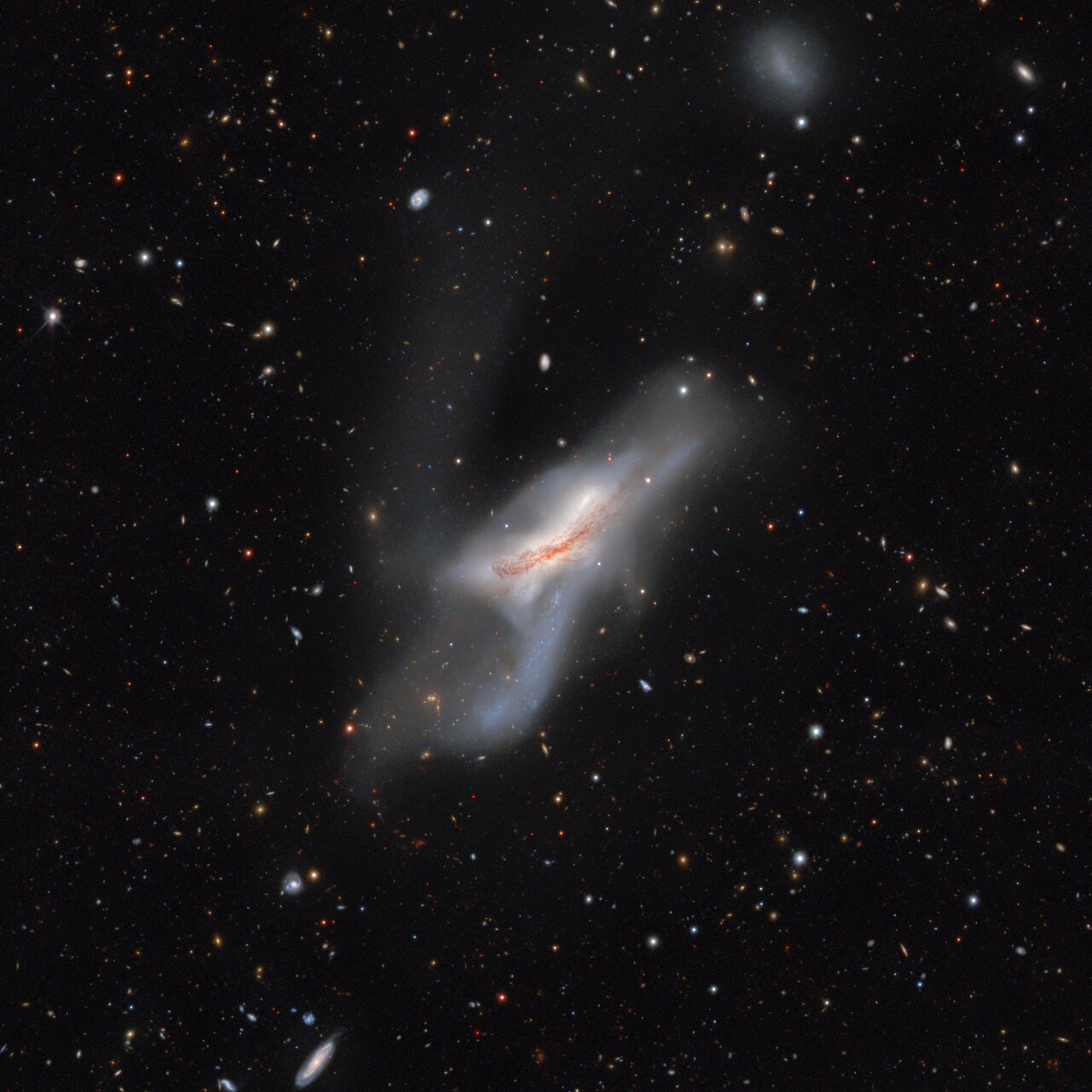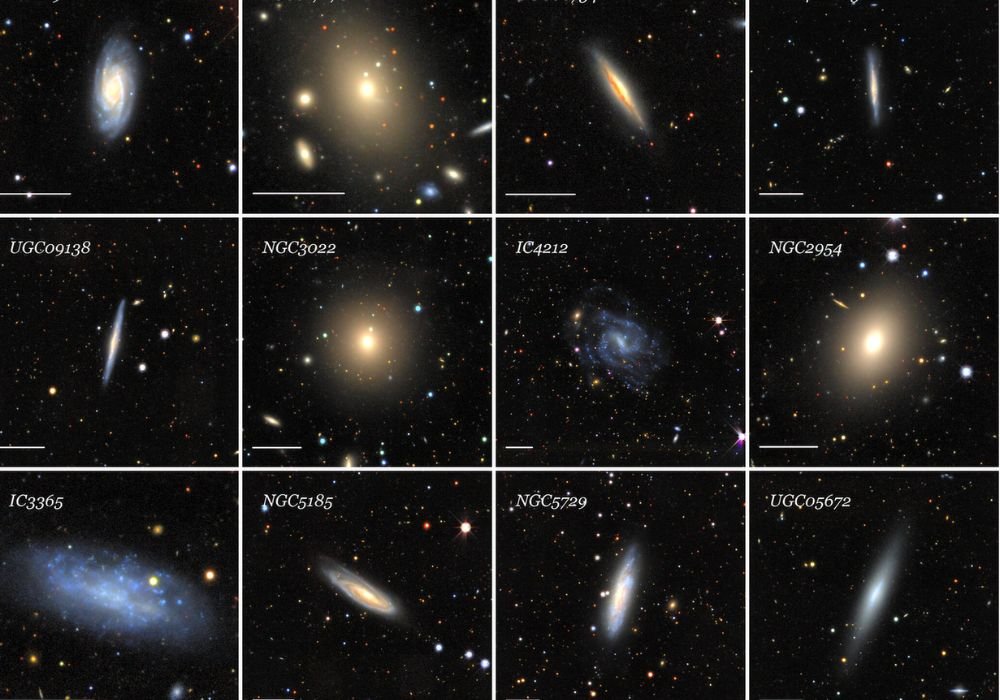A team of astronomers associated with the Dark Energy Spectroscopic Instrument (DESI) Legacy Survey project recently published Siena Galaxy Atlas (SGA), a collection of images and data containing the distance, position and chemical profile of 380,000 neighboring galaxiesspread across half the night sky.
Creating a galactic map consisting of data obtained from different studies on the large-scale cosmic structure of the universe is an important step towards a more detailed understanding of the Milky Way’s neighborhood.
The data that makes up the SGA come from three comprehensive studies conducted between 2014 and 2017:
- the Dark Energy Camera (DECam) of the 4-meter Víctor M. Blanco Telescope at the Cerro Tololo Inter-American Observatory (CTIO) in Chile;
- S Mosaic3 camera on the 4-meter Nicholas U. Mayall Telescope at Kitt Peak National Observatory in Arizona;
- And the Beijing-Arizona Sky Survey (BASS) with the 90Prime camera on the 2.3-meter Bok Telescope operated by the Steward Observatory, part of the Kitt Peak National Observatory.
Also included was data from a survey conducted by NASA’s Wide Field Infrared Survey Explorer (WISE) satellite.
How were galaxies chosen for the cosmic atlas?
The large galaxies closest to the Milky Way were chosen to create the collection “because we can study them in greater detail than other galaxies in the Universe; they are our cosmic neighbors,” explains SGA project leader John Moustakas, a physics professor at Siena College for whom the new atlas is named.
In his opinion, the criteria were based not only on the incredible beauty of the images, but also because they contained the key to understanding how galaxies form and evolve (naturally, they also included information from the Milky Way).
For this, During the research, images were captured in optical and infrared wavelengths in a total area of 20 thousand square meters.explains the website of NSF’s (National Optical-Infrared Astronomy Research Laboratory) NOIRLab, a center for nighttime optical astronomy whose telescopes compile SGA data.
Who can use the new cosmic atlas?
This new map of the night sky makes an old dream of astronomers come true: both experts and the public It provides a comprehensive picture of the universe as well as detailed support for future research. Because it consists of comprehensive surveys, the use of SGA allows the incorporation of new discoveries and the selection of candidate galaxies and more focused observation.

According to NOIRLab NSF Program Director Chris Davis, “the public release of these magnificent data contained in the atlas will have a real impact not only on astronomical research, but also on the public’s ability to see and identify relatively nearby galaxies.” In this context, may please dedicated amateur astronomers, It features Davis.
Siena 2020 Galaxy Atlas is available directly from the website.
Did you like the content? So always stay updated with more news like this on TecMundo and take the opportunity to discover what happens when two galaxies collide.
Source: Tec Mundo
I’m Blaine Morgan, an experienced journalist and writer with over 8 years of experience in the tech industry. My expertise lies in writing about technology news and trends, covering everything from cutting-edge gadgets to emerging software developments. I’ve written for several leading publications including Gadget Onus where I am an author.













